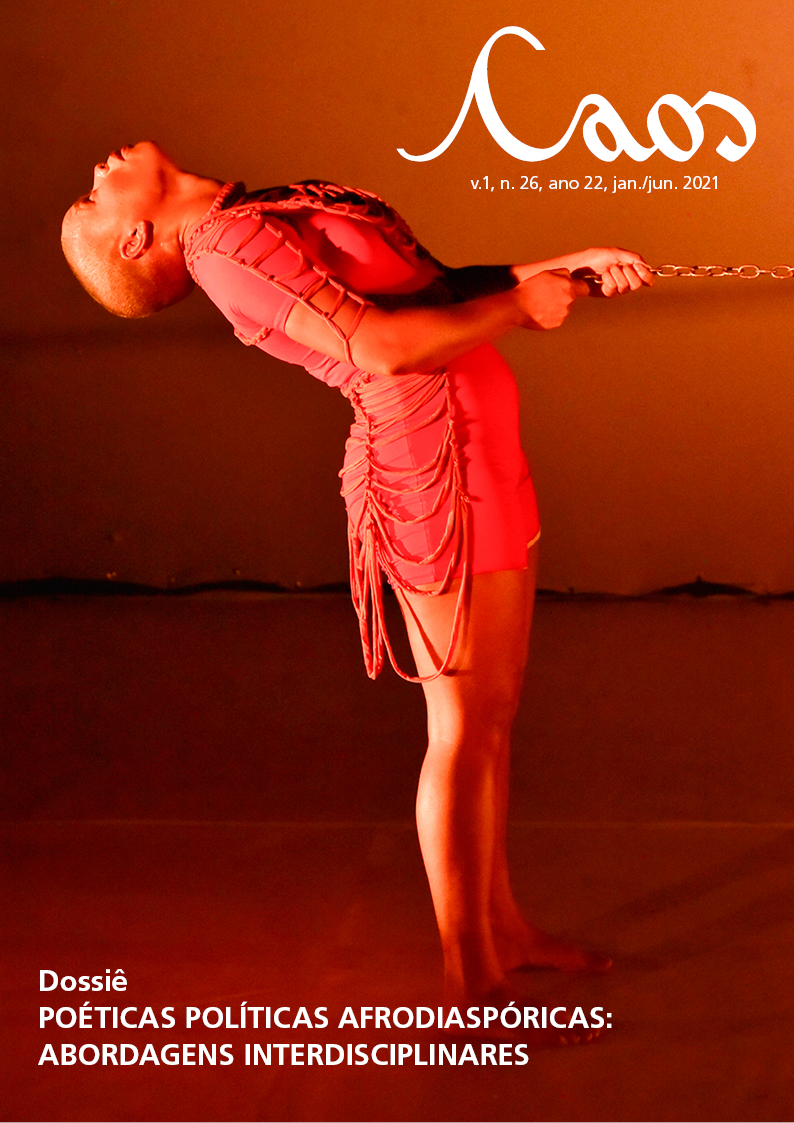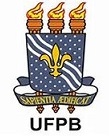JABRE PROJECT AND STRATEGIES OF FILM-MAKING AND CIRCULATION IN PARAÍBA STATE
DOI:
https://doi.org/10.46906/caos.n26.59547.p176-197Keywords:
Jabre Laboratory, Post-industrial Cinema, Independent Film-making, Production and CirculationAbstract
Abstract
The article aims to analyze the project JABRE (Paraiba Laboratory for Young Screenwriters) based on its results, attempting to identify convergences between the ways in which cultural activities and symbolic goods are organized through their interface with the current phase of capitalism and how such interface produces new conformations for contemporary film production. The research was carried out during the 2011 to 2019 editions of the project, seeking to consider, above all, the film productions realized as direct consequence of the laboratory, through information on the conditions for carrying out the works, as well as data on the exhibition circuits and their awards. To this end, we will privilege, above all, two principal aspects: production and circulation. Through these two fronts of incursion, we aim to achieve a greater understanding of the theme, putting it into perspective in order to highlight convergences and also singularities.
Downloads
Metrics
Published
Issue
Section
License
Copyright (c) 2021 Edmilson Gomes da Silva Junior

This work is licensed under a Creative Commons Attribution-NonCommercial 4.0 International License.
A Caos é regida por uma Licença da Creative Commons (CC): CC BY-NC 4.0, aplicada a revistas eletrônicas, com a qual os autores declaram concordar ao fazer a submissão. Os autores retêm os direitos autorais e os de publicação completos.
Segundo essa licença, os autores são os detentores dos direitos autorais (copyright) de seus textos, e concedem direitos de uso para outros, podendo qualquer usuário copiar e redistribuir o material em qualquer suporte ou formato, remixar, transformar e criar a partir do material, ou usá-lo de qualquer outro propósito lícito, observando os seguintes termos: (a) atribuição – o usuário deve atribuir o devido crédito, fornecer um link para a licença, e indicar se foram feitas alterações. Os usos podem ocorrer de qualquer forma razoável, mas não de uma forma que sugira haver o apoio ou aprovação do licenciante; (b) NãoComercial – o material não pode ser usado para fins comerciais; (c) sem restrições adicionais – os usuários não podem aplicar termos jurídicos ou medidas de caráter tecnológico que restrinjam legalmente outros de fazerem algo que a licença permita.
Recomendamos aos autores que, antes de submeterem os manuscritos, acessem os termos completos da licença (clique aqui).
















